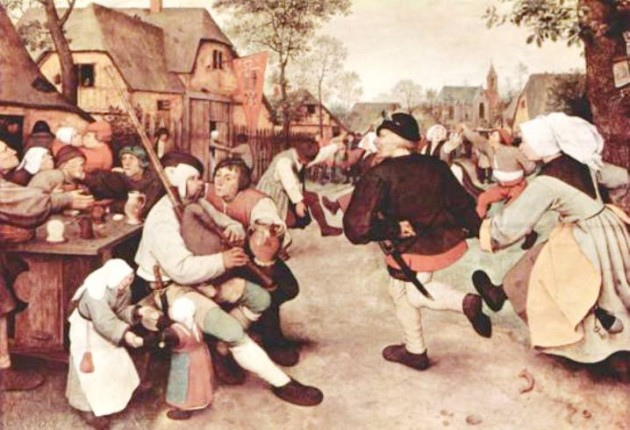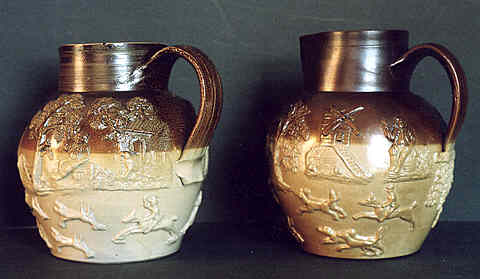When I was a child, teenager and young
adult I would look aghast, with disbelief and contempt at the middle aged plus
as they tried to work the unfamiliar. Disappearing
brain cells and diminished synaptic connectivity mean I am now that person. I therefore
edge slowly into the technology of social networking. For those of you who receive email updates
(and I have no idea how many of you do this or who you all are ) or look at the
blog regularly, I proudly point out that
you can now search by category on the right. My inability to fix different
historical periods in my head has been a
long time frustration, so I’m hoping now
I’ve got the Georgians and Co. with
their dates this mudlarking spin off might just do the trick. Thank you to those
who have left such lovely and encouraging comments, I’m not quite sure about blog etiquette so
haven’t responded to them all. Now on to torpedo bottles.
On my first ever mudlarking trip I picked up an
unusual thick glass pointed bottle end. It belongs to a torpedo bottle, also
referred to as ‘Hamiltons’, the original producers called them ‘egg’ bottles. A simple but clever invention. The rounded end
forced the bottles to lie on their side keeping the cork wet, stopping it
from shrinking and thus preventing the fizz escaping from carbonated drinks.
 |
| Mudlarking Finds: The end of Torpedo Bottles |
I was surprised to learn that artificially created
carbonated drinks were first produced in 1790s. Somehow I thought it all started with coke in the 1940s
or with the perrier water my teenage sophisticated best friend used to buy in 1980.
The line running down each side of the bottle fragments and meeting at the top reveals they were made in a mould and were therefore produced after 1831.
Several hours detective work on the web which I
know makes me sound rather sad, but I just couldn’t let it go – and I'd found the company the bottles were made for. John
Webb, the soda water company was only a mile or so
from us in Islington. Founded in 1818 and granted a royal warrant in 1830 the
first embossed lettering was ‘J. Webb, manufacturer/double soda water/to his
majesty/Islington/Near London’, very close to the endings on the bottle fragment ‘...ers
of /...ter/...sty/...on/....n, looks like the first bottle - ‘...rs/...y’ could be from the same company, later labelling was ‘Webb’s double soda & other
waters/to her majesty/Islington/London’ this one from around 1840. In a matter of ten
years Islington, an out of London town had been absorbed into the metropolis, funny
given we now think of Islington as very inner city.
 |
| Webb's Double Soda Torpedo Bottle with blob top c1840 with 'WEBB'S DOUBLE SODA & OTHER WATERS-TO HER MAJESTY- ISLINGTON- LONDON' embossed. (ebay) |
Victorian
households purchased special stands for the torpedos, so the bottles could
stand on the dining table. All looks rather elegant - I wonder if there'd be a market for them today?
 |
| Torpedo Stands (backpackagingdesign) |



























